Everyone Is Prone To Throw A Tantrum
Feeling upset, angry, stressed or disappointed is normal in the life of everyone, more so in the case of a young child. Some children may have a greater understanding of what these feelings are and how to deal with them whenever they arise. Others may have very little insight into what to do, while still some others, may have absolutely no clue about how to deal with such overwhelming emotions. Unable to manage the turmoil going on in their heads results in sudden outbursts like a tantrum or even a meltdown.
Many people think that a tantrum and a meltdown are one and the same thing and only young children are victims of these emotional outbursts. While these behaviours look similar when they’re happening, a tantrum is very different from a meltdown.
Tantrums are short periods of angry outbursts or unreasonable behaviours and is a standard part of a child growing up. For instance, many toddlers and preschoolers don’t yet have the right words to express what they are feeling or lack the self-control to keep their volatile emotions in check. They let off steam by screaming, crying, or stomping their feet when they’re frustrated or are trying to get something they want.
Meltdown, on the other hand, is a manifestation of loss of control, an automatic reaction to the sense of being overwhelmed. There are many situations that can trigger meltdowns. For example, pain, fear, or unexpected changes to routines or life situations like a new place, divorce, violence or job loss.
For young children and adults, meltdowns happen when they get too much information from their senses. Their brain is overstimulated by noise, sights, tastes, or textures and gets overwhelmed trying to process it all. This condition is called a sensory overload. According to experts, sensory overload sparks an intense feeling and can come out in the form of yelling, lashing out, fleeing, or even a complete shutdown, especially in children who are autistic.
As every parent knows, the worst place for toddler tantrums or meltdowns is in public. You might feel angry, embarrassed, discouraged and hopeless as your child screams at the checkout point or an aisle of a supermarket. Actually, though, this is the time when your child needs you the most.
What is emotional intelligence?
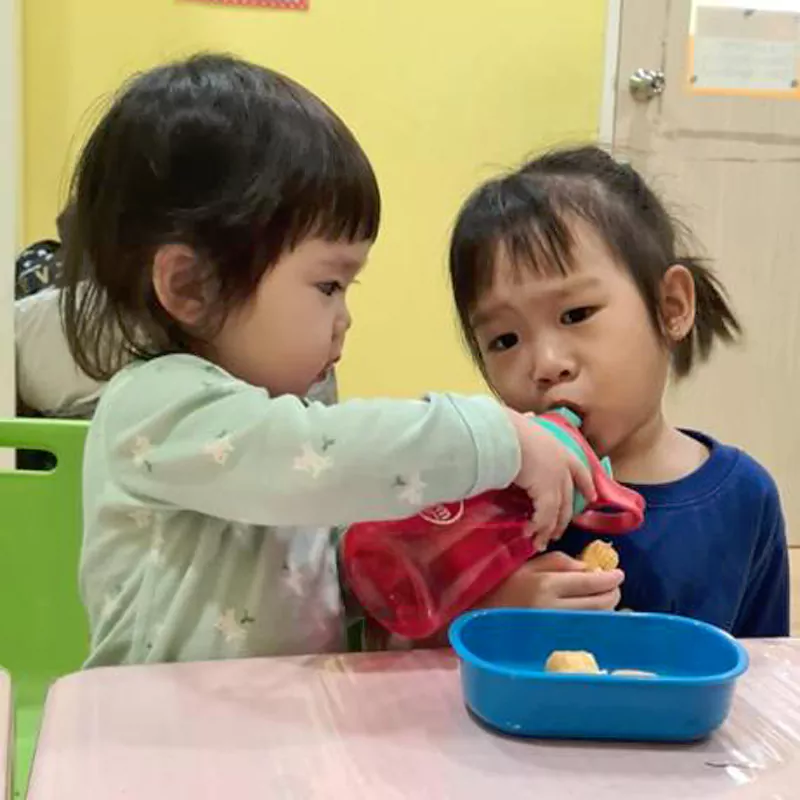
“Emotional intelligence is the ability to understand and respond to emotions and emotional cues in ourselves and others.” If a child doesn’t know how something makes her feel, she will keep making the same mistakes by doing things that do not make her feel good, and are in fact, bad for her mental well-being. Hence it is important for you to know how to handle your child’s tantrums.
[Source]
Emotional Intelligence helps a child handle her feeling and it can be divided into five basic parts:
Self-awareness: When your child knows what she is feeling at a particular time and understands how her moods affect others.
Self-regulation: When your child can control how she responds to her emotions. She considers possible consequences before acting on an impulse.
Motivation: When your child can accomplish goals in spite of negative or distracting feelings she may be having.
Empathy: When your child can understand how others feel.
Social skills:When your child can manage relationships. She knows what kind of behaviours get a positive response from others.
Another element of having a high emotional intelligence quotient is when a child knows what to do about her negative emotions. How to respond in a given situation? What will ensure the desired outcome? Instead of verbal aggression, temper tantrums, withdrawal or sulking, it might be very helpful if your child is able to manage her emotions by taking some kind of action that can counter them.
For example, your child can share her emotions with others to help her understand her point of view. Learns to express the emotion creatively to help process and understand it, create a piece of artwork. Or does nothing but wait for her emotions to pass.
[Source]
How to manage your child’s tantrums
The good news about emotional intelligence is that it isn’t cast in stone — with help and practice your child can develop it over time. That’s true even for children who are weak in a subject area due to learning and thinking shortcomings. It just might take them longer to get there though.
Talk about challenges. Ask your child how she feels when she is struggling with something. Put a name to the emotions: sad, angry, overwhelmed, among others. Then ask why she is feeling the emotion just named.
Work on strategies. Brainstorm ways your child might have done something differently to get a different outcome. Controlling emotions in order to think of solutions is a big part of emotional intelligence.
Help others. Get your child to join you in helping people who need care. Together, you could volunteer, or just bring your child along when you take food to a sick neighbour, this will make her understand what empathy is in real-time.
Handling child behavioural challenges
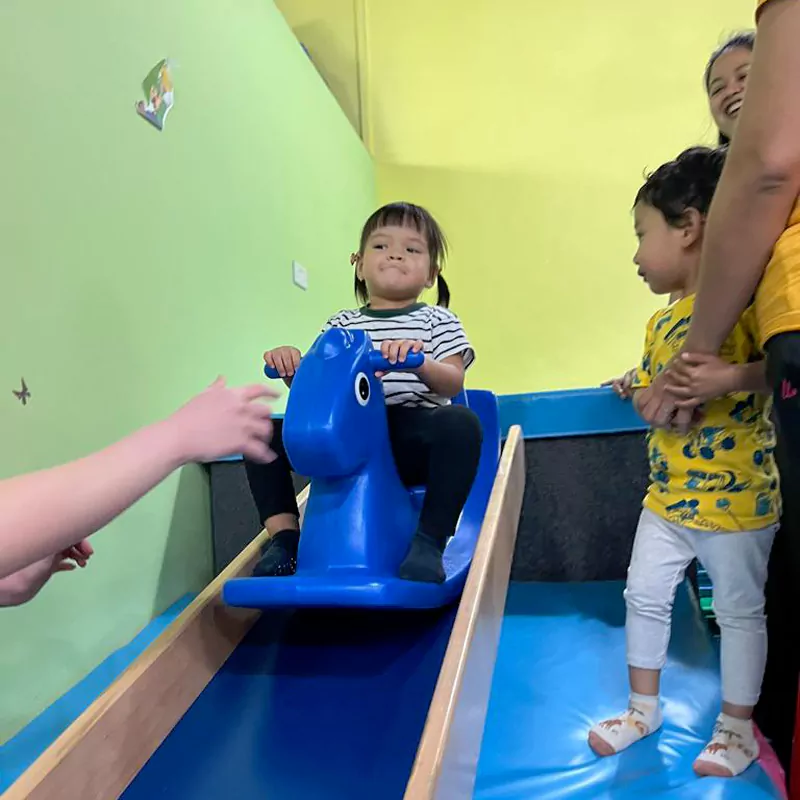
Toddlers may not have the right words to describe what they are feeling just as yet. When your child wants to do something but can’t express this in a way that you can understand, she will rely on behaviour to get her message across. She will express strong feelings by ‘acting out’.
Since tantrums and meltdowns are so different from each other, parents need to handle them in different ways. When your child throws a tantrum, acknowledge it, but don’t give in. With meltdowns, find a safe, quiet place for your child so that she can get hold of herself and calm down.
Whatever the event, try not to panic. Instead, it is important for you to know and understand if there’s something behind what your child is facing. Look for patterns in behaviour; spot the signs when your child seems to be frustrated; get a better idea of the kinds of situations that your child finds challenging or upsetting.
Knowing the triggers for your child’s tantrums — crowded places, certain food smells, loud noise, bright flashing lights — will help you take steps to avoid such areas of high stimulation and sensory overload. You can also keep an eye out for a space or an alcove you can go to when you feel that your child is heading towards a meltdown.
[Source]
How to deal with child behavioural problems
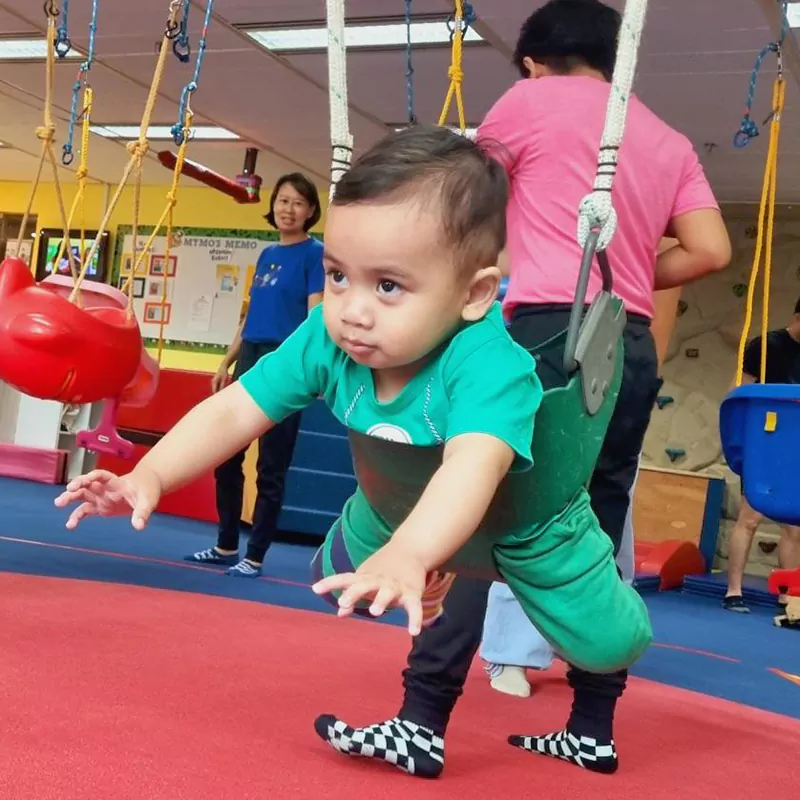
A child needs to fully grasp that she need not give vent to her feelings all the time. This is why it will be critical for your child to know that you are always there to listen to her in a non-judgmental way. And will be there to help manage even her volatile emotions. The aim is to build a level of trust that helps make your child confide in you. And when she wants to talk to you, be there, make eye contact, listen attentively and show that you care.
Talk about different kinds of feelings with your child in simple terms and always remember to use simple words. This will be good for your child because she will begin to realise that she too can learn the words that express what she may be feeling at any given point in time. She will also realise that when she has negative emotions or complex emotions, discussing them with you will be a good way for her to discover why she is feeling the way she does.
Putting feelings into words allows you to also label different emotions. This helps your child to relate and have a clearer picture of what’s going on in her mind. Talking about feelings allows her to gain a sense of emotional confidence and competence.
Being able to define her feelings in words makes emotions more concrete. You can then choose how to deal with them in a rational and constructive way, whereas earlier she would have felt overwhelmed or impossible to understand or manage.
How to help a child express herself temper tantrums in children
You may have seen some people who are very intelligent in the traditional sense of the word but are not at all skilled in understanding and expressing emotions in a safe manner. They usually think that expressing emotions openly is a sign of weakness. In other words, they lack emotional intelligence. Nip this tendency in the bud.
Help your toddler to understand her feelings. You can do this by reading stories. This will give you the opportunity to talk about and name emotions. You could speak with her about how characters react and what they would do in certain situations.
Always praise good behaviour. Whenever your child does something good, always reward her with praise and attention.
Giving control over little things. Offering choices over clothes or which fruit your child eats will make your child begin to understand that she has a say.
Try and say yes a lot. Whenever your child wants something, you don’t always have to deny that something. Give in. But choose when you say ‘no’ and stay firm. Choosing your battles will let her know that she can’t always have her way.
Understand your child’s needs. If she is tired, don’t take her on an extended supermarket shopping trip. If she is likely to be hungry, pack snacks for a long car journey. Remember, being tired and hungry are two of the biggest tantrum triggers.
Give your child some space. If your toddler wants to get her anger out in a non-destructive way, it’s ok to let her have her way some of the time. This way, she will get to express her feelings and regain self-control without getting involved in a battle.
The importance of play
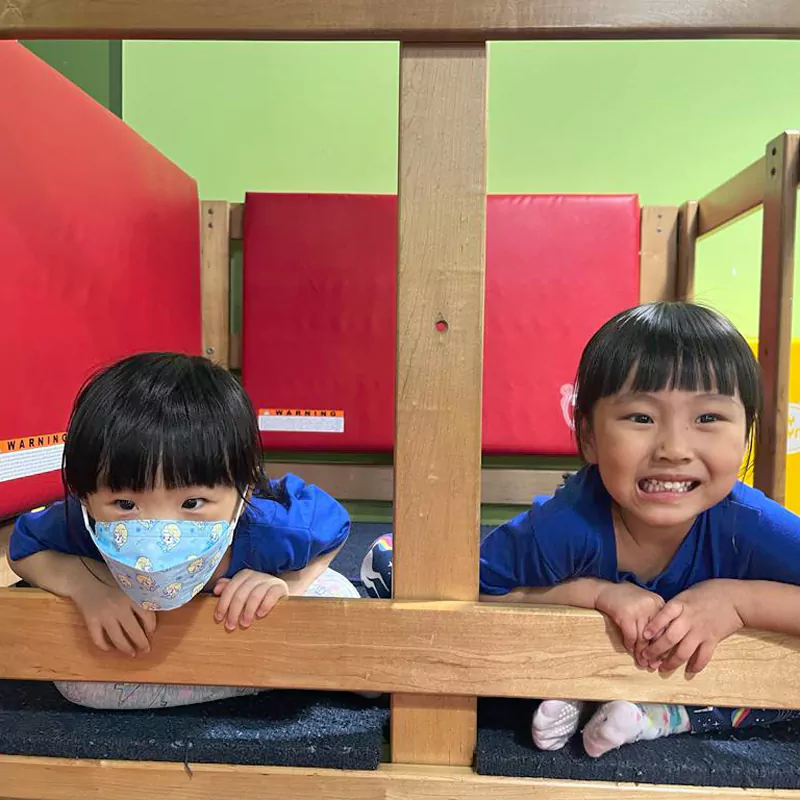
Play is a great way of stopping challenging behaviour in its tracks. Whether you get your child’s favourite toys out, or get her to draw or colour, play matters. This not only helps to distract your child’s attention but also helps with her development, builds bonds and makes your child feel content with what she doing in the moment.
Remember, play is one of the main ways in which your child learns about the world around her. It gives your child a sense of self-worth and to feel great about herself. Besides, play is a fun way to keep herself involved and learn something new every day! Play helps a child to develop her creativity and also help develop and improve her fine motor skills in addition to building strength.
Play is a great way for your child to develop her cognitive and creative abilities. It also helps with all aspects of movement whether it is picking up small objects to bigger movements such as rolling around. It also helps your child understand and develop her sensory self.
As your child explores how things feel, smell and taste, this form of play will help her understand the world that surrounds her. It is important to always supervise your child when she is playing and ensure materials and equipment used by her are age-appropriate.
How My Gym helps you take back control
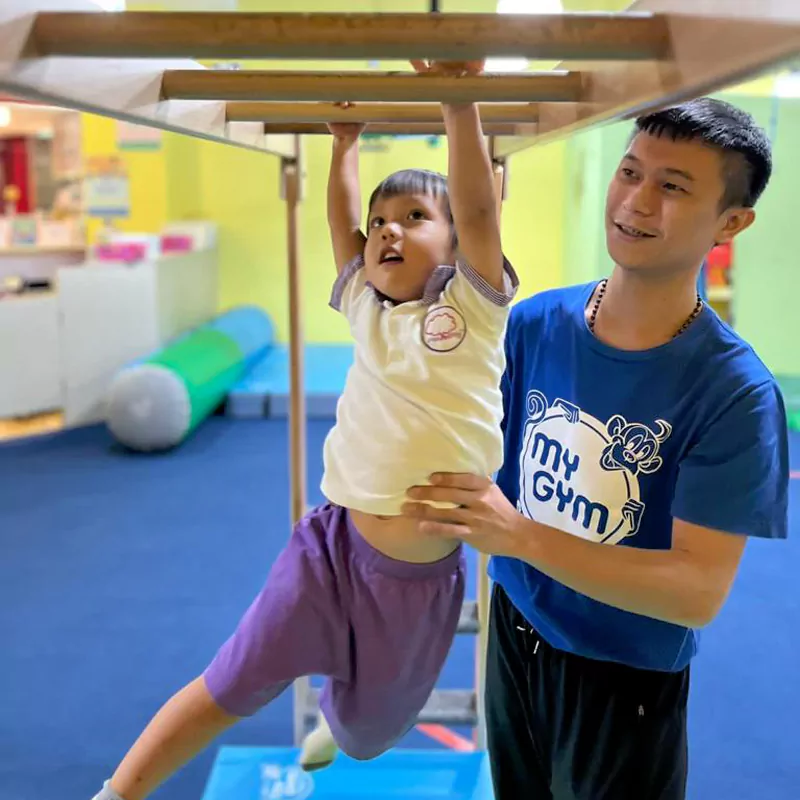
One effective way to help young children disengage from throwing temper tantrums is by involving them in physical activities that are inspiring and exciting. Take their attention away from what they are feeling inside.
My Gym promotes all-round development through dynamic games and physical movement that help augment the growth of neural networks in the brain. This helps children acquire critical social and intellectual skills, modify behaviours, enable them to navigate complex social situations and nurture emotional development to lead a healthier way.
My Gym also runs enrichment programs that lay a firm foundation for personal, academic and future growth by involving children in age-appropriate, structured and unstructured play designed to develop thinking and problem-solving skills.
Please visit any of My Gym centres to learn more about how it can support “whole-child development”. Choose a day when you are relatively free and come over with your child in tow. Your child could be an infant (as young as 6 months), a toddler or a preschooler, age is not a bar to learn how your child can get away from the screens without missing out on anything!
Please note: My Gym classrooms are thoroughly sanitized every day — the tables, the chairs, the children’s activity stations and everything else the child might touch is made safe and clean. Whenever required, children are encouraged to wear a mask, wash their hands frequently, and practice social distancing as well.



